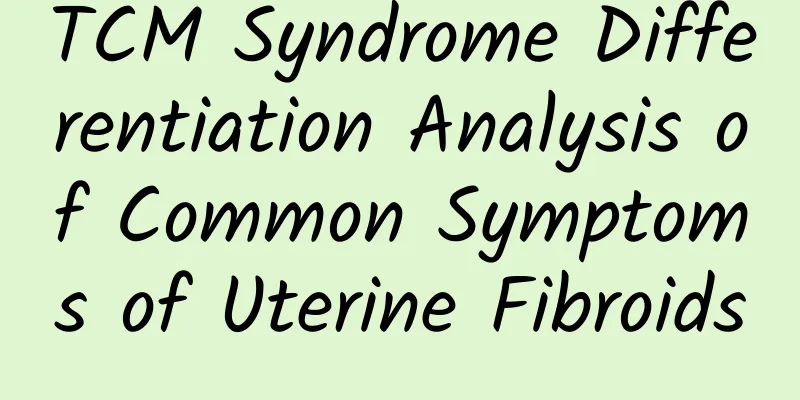Common clinical symptoms of dysmenorrhea

|
Dysmenorrhea is a common and frequently occurring gynecological disease. It has many causes and a high incidence rate, which can seriously affect the work and study of many female friends and reduce their quality of life. Below we mainly talk about the common clinical symptoms of dysmenorrhea . Dysmenorrhea is common in unmarried young women and girls in the early stages of menstruation. The clinical symptoms of dysmenorrhea are periodic lower abdominal distension, cold pain, burning pain, stabbing pain, dull pain, heavy pain, colic, spasmodic pain, and tearing pain during or before menstruation, usually starting at the onset of menstruation or a few hours before vaginal bleeding. The pain extends to the sacrum and back, and even involves the thighs and feet, lasting 1/2 to 2 hours. The pain is mostly in the lower abdomen, and in severe cases it can radiate to the lumbosacral region or the anterior medial thigh. About 50% of patients have clinical symptoms of dysmenorrhea accompanied by systemic symptoms: breast pain, anal swelling, chest tightness and irritability, sadness and irritability, panic and insomnia, headache and dizziness, nausea and vomiting, stomach pain and diarrhea, fatigue, pale face, cold limbs, cold sweat, collapse and fainting. After the onset of severe abdominal pain, it turns into moderate paroxysmal pain, which lasts about 12 to 24 hours. It gradually disappears after the menstrual blood flows smoothly, and occasionally some patients need to stay in bed for 2 to 3 days. Primary pain often occurs during ovulatory menstruation, so there are usually no symptoms or only mild discomfort in the first 1 to 2 years after menarche. Severe spasmodic pain often occurs in young women 1 to 2 years after menarche. If regular dysmenorrhea occurs at the beginning or spasmodic dysmenorrhea occurs as late as 25 years old, other abnormal conditions should be considered. Primary pain often disappears on its own after childbirth, or gradually disappears with age after marriage. The above is an introduction to the clinical symptoms of dysmenorrhea. I hope it can help you. If you have more questions, you are welcome to consult our online experts for free. For more information, please visit the dysmenorrhea disease special topic at http://www..com.cn/fuke/tongjing/ or consult an expert for free. The expert will then give a detailed answer based on the patient's specific situation. |
<<: Common early symptoms of cervicitis
>>: Detailed analysis of the difference between cervicitis and cervical erosion
Recommend
Classification of benign degeneration of uterine fibroids
Uterine fibroids, also known as uterine leiomyoma...
Can cervical erosion be seen? Is it contagious?
Cervical erosion cannot be seen directly with the...
Are you doing the right thing to lose weight? 5 misconceptions that you must know!
The Internet is full of information, but it is fu...
What are the characteristics of uterine fibroids?
What are the characteristics of uterine fibroids?...
What are the methods to check for irregular menstruation?
What are the methods to check irregular menstruat...
What is the best way to treat uterine fibroids?
There are many different ways to treat uterine fi...
Knowing the cause of acute pelvic inflammatory disease earlier can cure patients earlier
Many women are troubled by pelvic inflammatory di...
Waves in hand! Latin aerobics to slim down your arms and show your lines
Women shake their shoulders, twist their hips, an...
Itchy genital area with damp heat and abnormal vaginal discharge
Itching and abnormal vaginal discharge are usuall...
Revealing the secret that cervicitis can also cause female infertility
Cervicitis is a gynecological disease that everyo...
Cost of nursing center for patients with cervical precancer
Cervical precancerous lesions are a gynecological...
Cervical hypertrophy during pregnancy should be paid attention to
After a woman becomes pregnant, she will be liste...
The timing of pregnancy after uterine fibroid removal
Women with uterine fibroids do not need to be too...
How to adjust psychologically after an abortion?
Artificial abortion puts great psychological pres...
Secrets to combating the three major types of obesity! Chinese medicine practitioner Zhang Jiabei: There are secrets to defeat upper, lower, and middle-large types of obesity
Obesity is a chronic disease! In particular, over...









